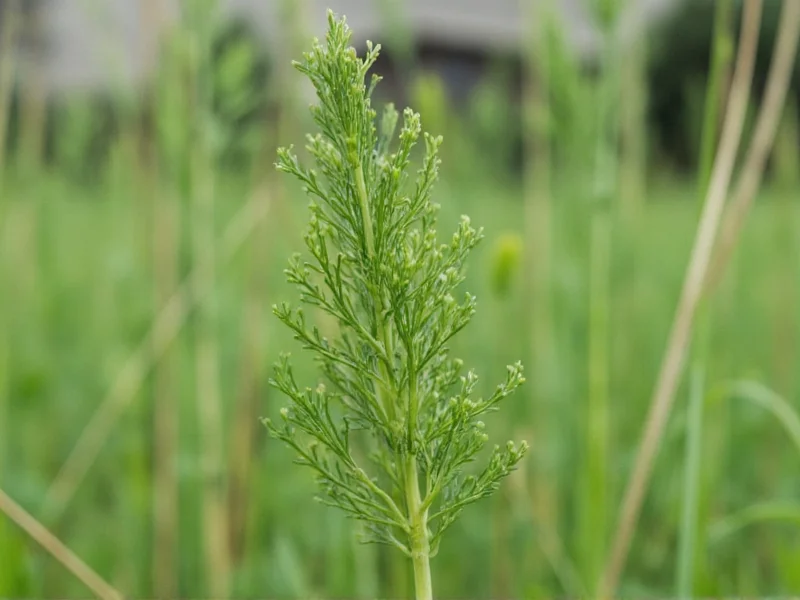Many home cooks and gardeners encounter the term “dill head” with confusion, often mistaking it for a culinary ingredient or mishearing “dill weed” (the feathery leaves). Understanding the dill plant’s anatomy clears up this common misconception and helps maximize its culinary and gardening potential.
Understanding Dill Plant Anatomy
Dill (Anethum graveolens) progresses through several growth stages, each offering different culinary applications:
| Growth Stage | Common Name | Culinary Use | Harvest Timing |
|---|---|---|---|
| Early growth | Dill weed | Fresh leaves for salads, fish, dressings | Before flowering (6-8 weeks) |
| Mid-season | Flower buds | Pickling, floral notes in dishes | When buds form but before opening |
| Mature stage | Dill head/seed head | Seed production, decorative pickling | When flowers fully develop into umbels |
| End of cycle | Dill seeds | Spice blends, breads, pickling brines | When seed heads turn brown (4-6 weeks after flowering) |
Why “Dill Head” Causes Confusion
The term “dill head” isn’t standard in culinary circles, leading to frequent misunderstandings. Most confusion stems from:
- Mishearing “dill weed” – The feathery leaves are commonly called “dill weed,” which some misinterpret as “dill head”
- Confusion with pickling terminology – “Dill heads” sometimes incorrectly refers to using whole dill plants in pickling jars
- Botanical inaccuracy – The proper term is “flower head” or “seed head,” describing the umbrella-shaped cluster that produces seeds
The Science Behind Dill Flower Heads
Botanically classified as an umbel, the dill head forms when the plant reaches maturity and prepares for reproduction. This distinctive structure features:
- Multiple thin stalks radiating from a central point (typically 5-15 cm in diameter)
- Small yellow flowers that eventually develop into oval-shaped seeds
- A lifecycle that begins as tight green buds and matures to golden yellow flowers
- Complete seed development approximately 4-6 weeks after flowering begins
Gardeners who understand when does dill form seed heads can strategically time their harvests. The plant typically bolts (sends up flower stalks) when temperatures exceed 75°F (24°C) or when daylight exceeds 12 hours.
Culinary Applications of Mature Dill
While most recipes call for dill weed (the leaves), the mature dill head offers unique culinary possibilities:
Using Fresh Dill Heads
- Pickling enhancement – Whole dill heads add visual appeal and concentrated flavor to fermented pickles
- Infused vinegars – Steep flower heads in vinegar for distinctive dill-flavored condiments
- Edible garnishes – Use partially opened flower heads as decorative elements on seafood dishes
Harvesting and Preserving Dill Seeds
For those interested in how to use dill seed heads in cooking, proper harvesting technique matters:
- Monitor seed heads as they transition from green to brown
- Cut stalks when seeds are tan but before they drop (typically late summer)
- Hang upside down in a paper bag to catch falling seeds
- Store dried seeds in airtight containers away from light
Dill seeds have a stronger, more pungent flavor than the leaves and work particularly well in breads, potato salads, and traditional Scandinavian gravlax.
Gardening Tips for Dill Enthusiasts
Understanding dill plant anatomy explained helps gardeners maximize their harvest:
- Succession planting – Sow new dill seeds every 3-4 weeks for continuous leaf production
- Preventing premature bolting – Provide partial shade during hottest months to delay flowering
- Seed saving – Allow select plants to fully mature for seed collection and natural reseeding
- Companion planting – Dill attracts beneficial insects that help control garden pests
Many gardeners wonder what happens when dill flowers. The flowering process signals the plant’s shift from leaf production to seed production, causing leaf growth to slow significantly. For continuous leaf harvest, pinch off flower buds as they form.
Common Misconceptions Clarified
Let’s address frequent points of confusion about dill terminology:
- “Dill head” vs. “dill weed” – Dill weed refers exclusively to the leaves, while “dill head” describes the flower cluster
- Dill seed heads for pickling – While whole seed heads can be used in pickling, most recipes specify dill seeds or fresh weed
- Dill toxicity concerns – All parts of the dill plant are safe for culinary use, though seeds have more concentrated flavor
When exploring dill flower head vs dill weed differences, remember that the leaves offer delicate flavor while the seed heads provide more intense, earthy notes suitable for different culinary applications.
Practical Applications in the Kitchen
Knowing what part of dill is used for pickling helps create better preserved foods. While traditional dill pickles use dill weed, incorporating seed heads adds complexity:
- Use one whole dill head per quart jar for artisanal pickles
- Combine seed heads with garlic and mustard seeds for layered flavor
- Add flower buds (before full opening) to delicate cucumber salads
- Substitute crushed dill seeds when fresh dill isn’t available
Chefs seeking to understand dill plant anatomy explained for professional applications should note that the flavor profile changes significantly through the plant’s lifecycle – from fresh and grassy in the leaves to warm and caraway-like in the mature seeds.











 浙公网安备
33010002000092号
浙公网安备
33010002000092号 浙B2-20120091-4
浙B2-20120091-4